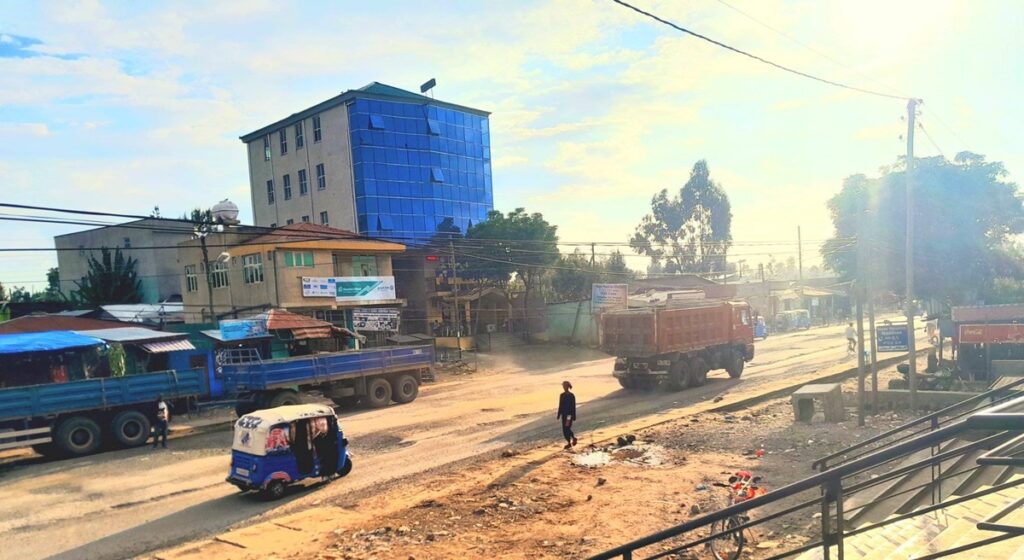[
Kidnapping of University Students in Oromia: Families Dispute Government Claims
Last Wednesday, over 167 students traveling from Debark University in the Amhara region were kidnapped near Garba Guracha town in Oromia’s North Shewa zone. Despite the Oromia regional government’s announcement that 160 students had been released, families of the abducted students have stated that their children are still being held captive. The families are concerned for their children’s safety as they continue to negotiate with the kidnappers.
The Oromia Communication Service Bureau reported that government security forces successfully freed the students, allegedly kidnapped by an extremist and terrorist force. However, families have refuted these claims, revealing that the kidnappers are demanding large sums of money for the release of their children. One parent disclosed that the kidnappers asked for one million birr for their daughter’s release, a sum they cannot afford.
Contrary to government reports, families assert that all the kidnapped students remain in captivity, with the kidnappers demanding ransom payments. They express frustration with the lack of government communication and the discrepancy between media reports and the reality they are experiencing. The Oromia Regional State Government has attributed the kidnappings to the armed group Oromo Liberation Army (OLA), referred to as “Shane.”
The recent surge in kidnappings for ransom in the Oromia and Amhara regions has sparked international concern, with the US Embassy in Addis Ababa condemning the abductions. The Ethiopian Human Rights Commission has also highlighted the increase in kidnappings for ransom in the regions, with ongoing conflict between government forces and the OLA contributing to the insecurity.
This incident highlights the growing trend of kidnappings for ransom in the region, impacting civilians and students alike. As families continue to negotiate with the kidnappers for the release of their children, the situation remains uncertain and fraught with challenges. The conflicting reports from the government and families add to the complexity of the issue, raising questions about the authorities’ handling of the situation.
